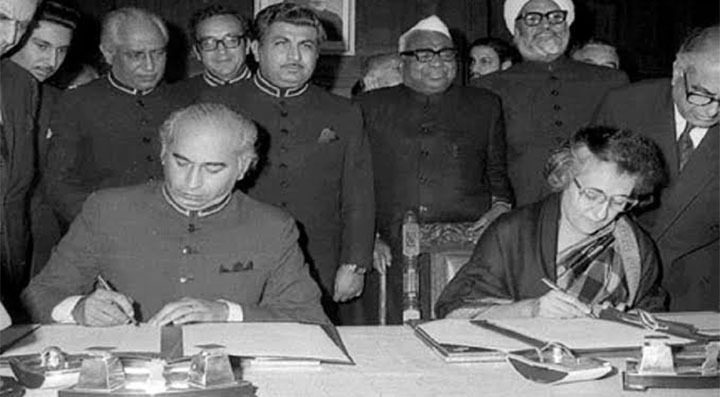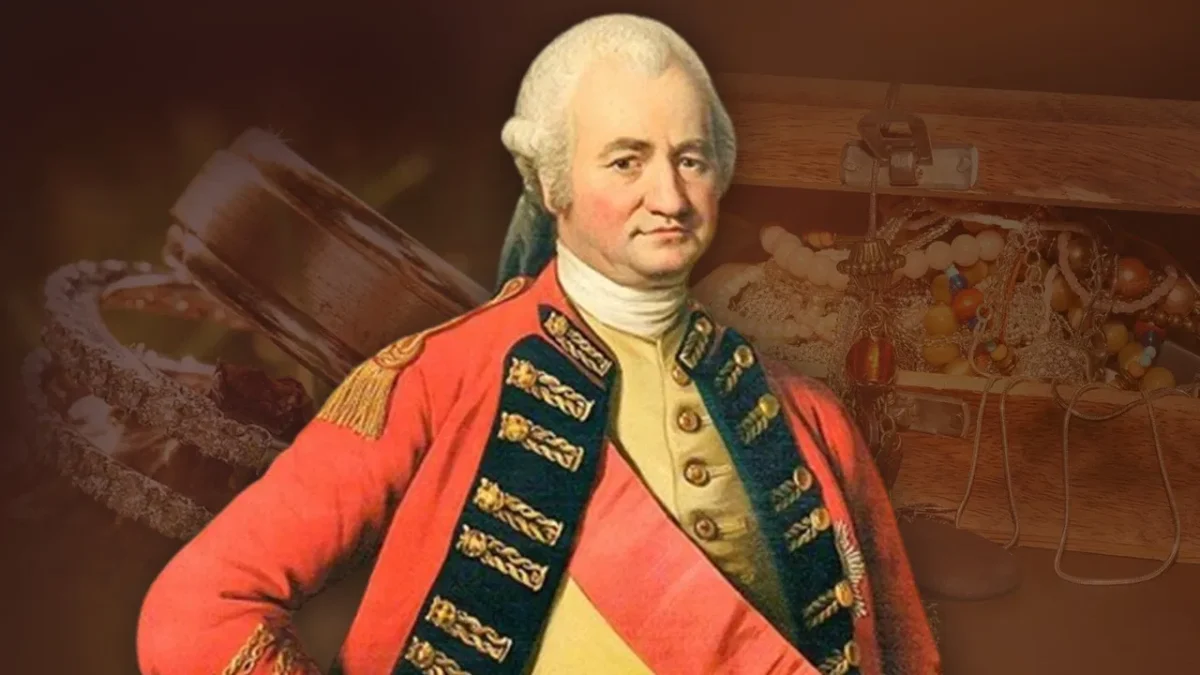
In the Bangladesh War of Independence, India’s victory was decisive. It was a complete defeat of Pakistan. The 93000 Pakistani troops that laid down their arms at Dhaka were in Indian custody. Nearly 5000 square miles of Pakistani territories were also in India’s possession. These were the powerful leverages and many blames Prime Minister Indira Gandhi for not using them to the full.
There may be certain truth in this assertion but the reality is that the custody of 93000 Pakistani soldiers was a big problem for the Indian army too. An equal number of officers and men had to vacate their accommodations and live in tents to house the prisoners properly. Moreover, under the Geneva Convention, prisoners of war can’t be held beyond a certain specific time.
To resolve the above issue, the Shimla conference took place between India and Pakistan on July 3, 1972. India’s main objective at Shimla was to get a final solution to the vexed Kashmir issue. To this end, we got Prime Minister Bhutto’s consent to convert the UN-sponsored ceasefire line into the line of control. This much was part and parcel of the Shimla agreement. The agreement also includes a commitment by both sides, to respect the line of control and not to try or to change it by the use of force. But PM of Pakistan Zulfikar Bhutto could not make a credible commitment in writing though India was insisting on it.
The question is raised, as to why Indira Gandhi could not force Mr. Bhutto to change the ceasefire line into an international border or line of control in writing. It is said that, in the Indian strategic community and among many informed foreigners, there is a consensus that the Indian delegation was in the thrall of Versailles syndrome. So, what is Versailles syndrome? According to the Versailles syndrome, never to treat a defeated enemy too harshly, as the Allied power treated Germany after WWI.
To conclude, because 0f the Versailles syndrome, India had lost the opportunity to make permanent borders settlement with Pakistan.


